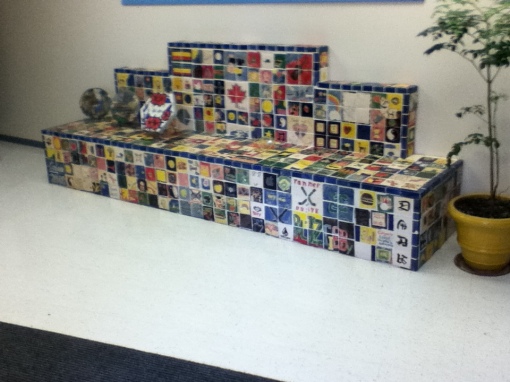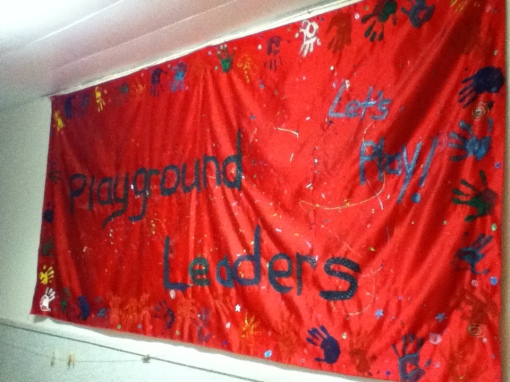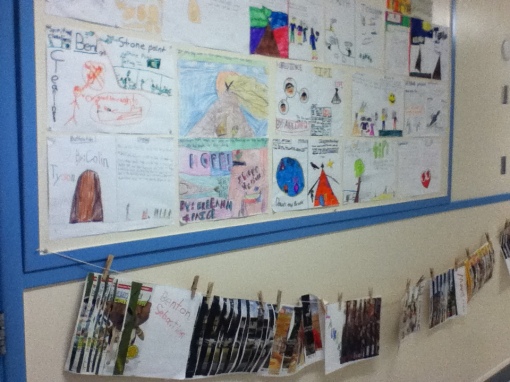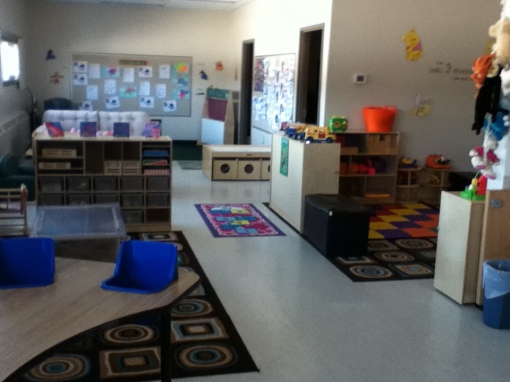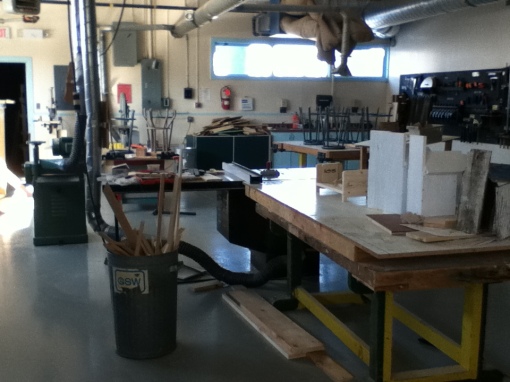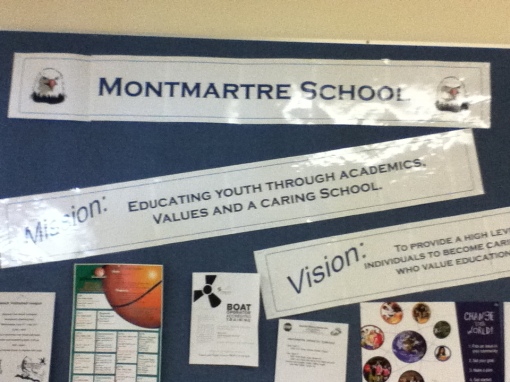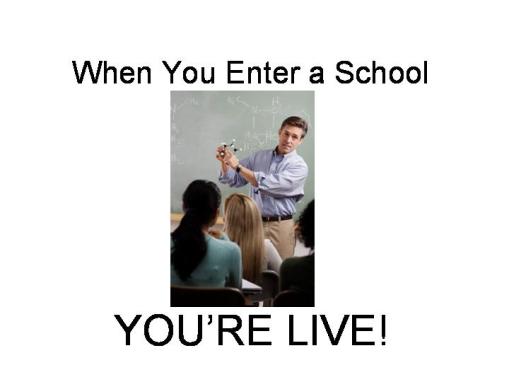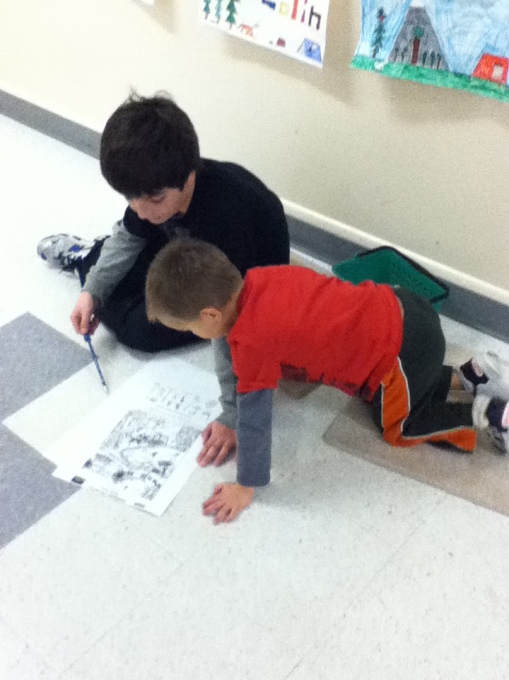Since the hiring season is ongoing, I figured I should help aspiring and new school administrators in some way. After all, connecting and collaborating is so important in education today. 😛
Ever since I became a school administrator, I am continually amazed at how versatile one must be to occupy this position. The notion that a principal is “that guy” who only sits in the office, is untrue and rather shallow.
Over the last eleven years I have required knowledge and skills in several different aspects of education. Some (but not all) of these were not taught in my university classes or pre-teaching work. In fact, on many occasions, people probably thought I should already know this stuff.
My helpful, (but not conclusive) list for the “newbie admins”. (Inhale…)
1. Know everything about teacher supervision even if you have never supervised before.
2. Know how to help each teacher in every subject area in your school. (Be careful here because those senior math and science teachers can be crafty)
3. Make sure that school budget is in line or else…yes, those finance people get edgy.
4. Be THE instructional leader in your school. Being a PE major was your past life, get over it.
5. Become a facility manager/custodian. Hey-if the heat is not working or a toilet won’t shut off you will hear about it, especially if the custodian is not there. Yes, you may need to grab a mop on a semi-regular basis.
6. …vomit clean-up in the grade 1 room! (actually, I avoid this one!)
7. (insert kid name here) just had a major accident and is in the washroom waiting for you! The smell hits you when you are still 50 paces away. Being a male near the elementary wing has its drawbacks.
8. If student’s cook something…anything, you are expected to eat it. They are so proud of their “dish.”
9. Know more than the basics of first aid and how to deal with each injury. Being able to fix on the spot is a big asset.
10. Catering/wedding planner knowledge is vital as you will prepare and set-up many meetings. You may not need to cook, but the following is crucial:
- tables and chairs must be set up properly. Those division office people get worked up about this.
- The treats/snacks are VERY IMPORTANT. This will make or break you. Dry cookies and weak coffee/juice are a major faux-pas. Don’t get groundskeeper Willy to make the juice.
- Sound system should be good. If it messes up, you need to fix it. Same goes for the media projector.
11. Pest control officer. Yes, you may be asked to deal with mice, stray dogs, a gopher in the shop. Hey, I live on the prairies.
12. Be able to give the right consequence for any disciplinary action.
13. Be a good listener.
14. Constantly communicate, check and re-check. You’ll be glad you did.
15. …
There are more skills, but the list is long enough already. Feel free to share yours.
I have to make juice!

